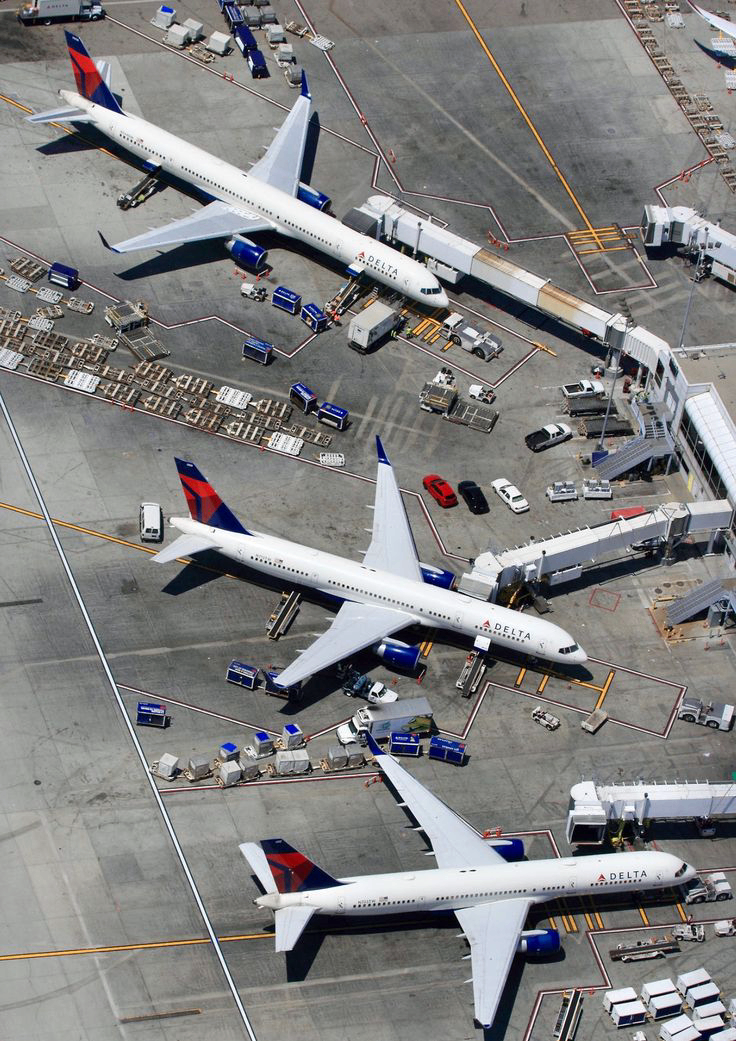



 ${ lang === 'zh' ? '中文': 'ENG' }
${ lang === 'zh' ? '中文': 'ENG' }




 ${ lang === 'zh' ? '中文': 'ENG' }
${ lang === 'zh' ? '中文': 'ENG' }
 ${formatTime('2025-05-15 17:41:21', 2)} ${formatTime('2025-05-15 17:41:21', 3)}, ${formatTime('2025-05-15 17:41:21', 1)}
${formatTime('2025-05-15 17:41:21', 2)} ${formatTime('2025-05-15 17:41:21', 3)}, ${formatTime('2025-05-15 17:41:21', 1)}

https://ph.pinterest.com/pin/26388347811658130/
The ripple effects of the ongoing trade conflict—particularly between the U.S. and China—have begun to manifest in the skies. Several U.S. and international carriers have announced a reduction in scheduled flights, citing a decline in corporate travel, shifting consumer behavior, and unpredictable fuel costs as key factors behind the pullback.
These changes come alongside an unusual move by several major airlines to withdraw or revise their 2025 earnings guidance—signaling a broader industry concern over how the rest of the year will unfold.
With global companies tightening travel budgets and opting for virtual alternatives, the once-reliable revenue stream from corporate travelers is no longer a given. Travel analysts say business travel has yet to fully recover to pre-pandemic levels, and economic headwinds are compounding that challenge. “When international contracts stall and trade negotiations break down, business travel is the first to go,” noted a travel sector economist.